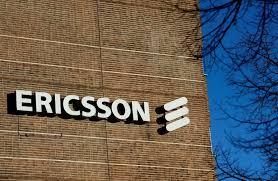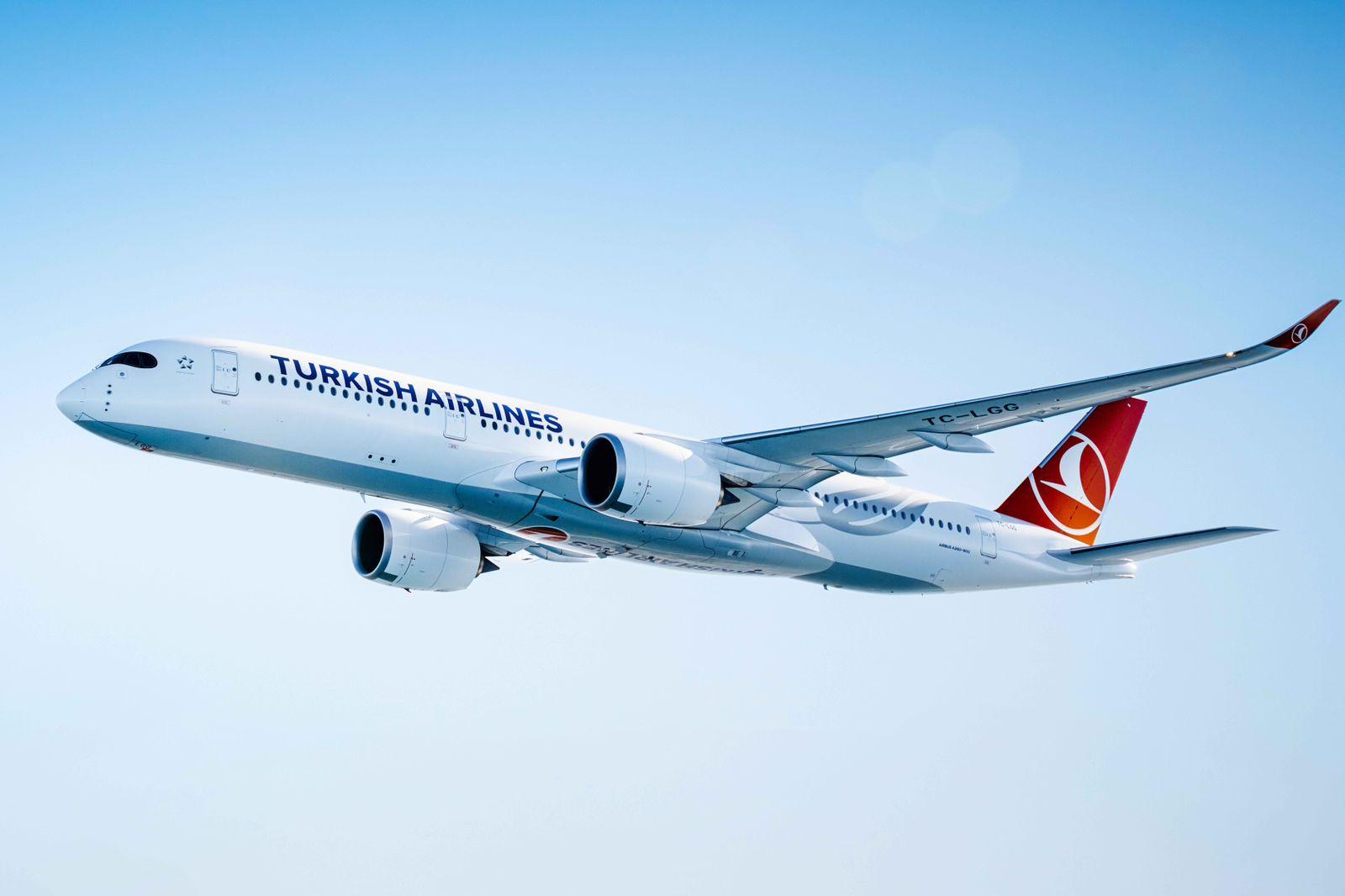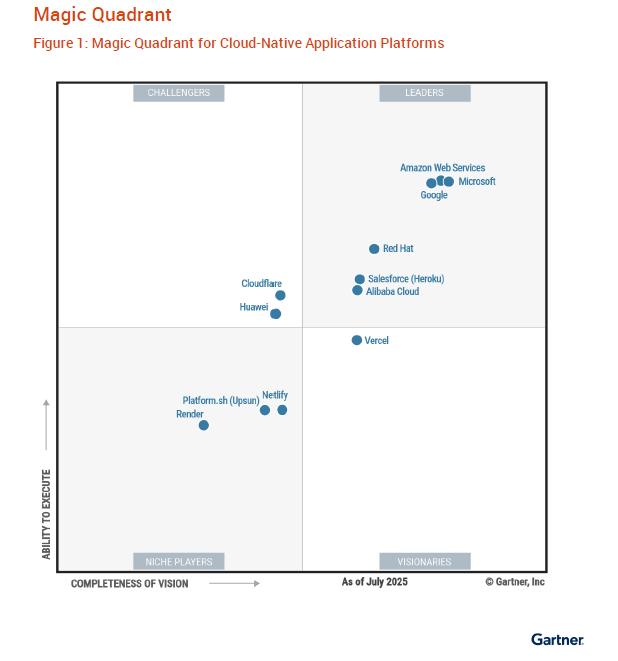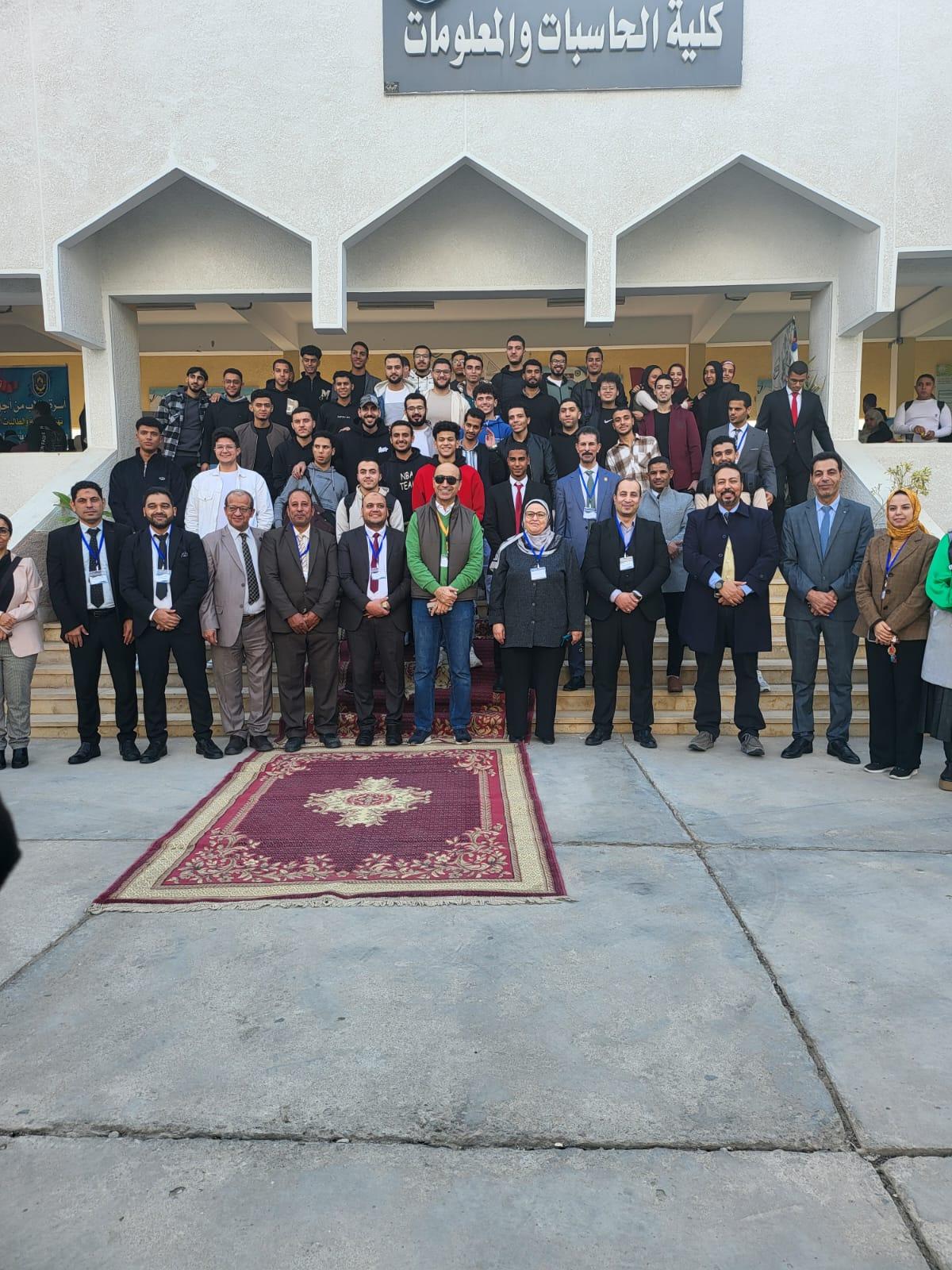- Special ten-year edition of Ericsson Mobility Report highlights 5.5 billion additional smartphone users since 2011
- Mobile data traffic in Q3 2021 more than all mobile traffic generated up until the end of 2016
- 4.4 billion 5G subscriptions forecast for the end of 2027 – equaling around half of all mobile subscriptions at that time
By: Mohamed Shawky
Ericsson global insights reveal an almost 300-fold increase in mobile data traffic since 2011 – the year in which Ericsson Mobility Report was first published.
The findings, based on current and historical network data, are included in the special ten-year edition of the Ericsson Mobility Report November 2021. The report looks back at some of the key trends and events that have shaped the last decade, as well as revealing the latest forecasts toward 2027.
The premise that 5G will become the fastest deployed mobile generation to date has been enhanced with an updated estimate of close to 660 million 5G subscriptions by the end of this year. The increase is due to stronger than expected demand in China and North America, driven in part by decreasing prices of 5G devices.
There was also a net addition of 98 million 5G subscriptions globally in Q3 2021, compared to 48 million new 4G subscriptions. At the end of 2021, it is estimated that 5G networks will cover more than two billion people.
According to the latest forecasts, 5G is on track to become the dominant mobile access technology, based on subscriptions globally, by 2027. 5G is also expected to account for around 50 percent of all mobile subscriptions worldwide – covering 75 percent of the world’s population and carrying 62 percent of the global smartphone traffic by 2027.
Fredrik Jejdling, Executive Vice President and Head of Networks, Ericsson, says: “Mobile communication has had an incredible impact on society and business over the last ten years. When we look ahead to 2027, mobile networks will be more integral than ever to how we interact, live and work. Our latest Ericsson Mobility Report shows that the pace of change is accelerating, with technology playing a crucial role.”
Since 2011, the deployment of 4G LTE networks has been pivotal in generating 5.5 billion new smartphone connections worldwide, contributing to the market availability of more than 20,000 different 4G device models.
This report indicates a much earlier technology lifecycle of 5G devices, with 5G handsets today accounting for 23 percent of global volumes, compared to 8 percent of 4G handsets at the corresponding point in its lifecycle.
This is helping to fuel an exponential growth of mobile data traffic. Mobile network data traffic was up 42 percent, year-on-year, in Q3 2021 accounting for approximately 78 exabytes (EB), including traffic generated by Fixed Wireless Access (FWA) services.
In Q3 alone, mobile data traffic was more than all mobile traffic ever generated up until the end of 2016. New forecasts reveal that total mobile network data traffic is likely to reach 370EB by the end of 2027.
The report also reveals that the nature of mobile connections is changing rapidly, contributing to the ongoing rise in mobile data traffic. Broadband IoT has now surpassed 2G/3G as the segment that connects the largest share of IoT applications. It is expected to account for 47 percent of all cellular IoT connections by the end of 2021, compared to 37 percent for 2G/3G and 16 percent for Massive IoT technologies (NB-IoT and Cat-M).
New forecasts reaffirm the rapid acceleration of massive IoT deployments in coming years, spanning use cases such as e-health wearables, logistical asset tracking, environmental monitoring and smart meters, and smart manufacturing tracking and monitoring devices. Massive IoT deployments are forecast to account for 51 percent of all cellular IoT connections by 2027.
In the same forecast period, FWA connections are forecast to grow almost threefold – from 88 million by the end of 2021, to around 230 million in 2027. Almost half of these connections are expected to be carried over 5G networks.
The ten-year anniversary edition of the Ericsson Mobility Report includes four feature articles:
- Building 5G infrastructure for the digital future, together with Far EasTone
- Network build-out to boost digitalization, together with stc
- Time-to-content: Benchmarking network performance
- Building sustainable networks
Explore the Ericsson Mobility Report November 2021 edition and the Ericsson Mobility Report Journey.
RELATED LINKS:
Behind the scenes of the Ericsson Mobility Report: 10 years of industry leading insights
Ericsson’s publicly announced 5G contracts
Ericsson 5G
Find out more about Ericsson’s 4G and 5G Fixed Wireless Access
NOTES TO EDITORS:
FOLLOW US:
Subscribe to Ericsson press releases here
Subscribe to Ericsson blog posts here
https://www.twitter.com/
https://www.facebook.com/
https://www.linkedin.com/
#إريكسون
#عالم_رقمي
#alamrakamy
#https://www.tra.gov.eg/ar














































































